Introduction
As a dog parent, I know how much we love our furry friends. They’re more than just pets—they’re family. But sometimes, even with the best intentions, our dogs can start to carry a little extra weight. You’re not alone in this. Many dog parents find themselves in a similar spot, asking, “How can I help my dog lose weight safely?” In this guide, I’m here to walk you through the best ways to help your dog shed those extra pounds, improve their health, and boost their energy. Let’s dive in!
Why a Healthy Weight Matters for Your Dog

Carrying extra weight can lead to serious health issues for dogs. Just like us, dogs face a higher risk of heart disease, diabetes, joint pain, and even a shorter life span when they’re overweight. Keeping your dog at a healthy weight isn’t about looks; it’s about helping them live a long, active, and happy life. When you help your dog get to a healthy weight, you’re giving them the gift of better health.
How to Tell if Your Dog Needs to Lose Weight
Before jumping into weight loss plans, it's important to know if your dog truly needs to lose weight. Here's a quick way to check:
-
Feel Their Ribs – Can you feel your dog’s ribs easily without pressing too hard? If you can’t feel them, it might be a sign they’re carrying extra weight.
-
Look at Their Waist – When you look down at your dog from above, you should see a slight waistline. If they look more like a barrel, it’s time to consider a weight-loss plan.
-
Ask the Vet – Your vet can help you determine a healthy weight range based on your dog’s age, breed, and overall health. This professional insight will set you up with a safe and accurate starting point.
Start with the Right Food Portions
Portion control is essential when it comes to weight management. Overfeeding is easy to do, especially if we rely on the feeding guidelines on dog food bags. Here’s how to make sure your dog’s portions are just right:
-
Calculate the Daily Calorie Needs – Many pet food websites or apps can help you calculate your dog’s ideal calorie intake based on their weight, age, and activity level.
-
Use a Measuring Cup – It’s tempting to “eyeball” portions, but using a measuring cup ensures you’re sticking to the right amount every day.
-
Divide into Smaller Meals – Feeding your dog two or three smaller meals throughout the day instead of one large meal can help with digestion and keep their energy levels steady.
Choose High-Quality Dog Food

The quality of the food you feed your dog can make a big difference in weight management. Some dog foods are packed with fillers like corn and wheat, which add calories without offering much nutrition. Here’s what I recommend looking for in a dog food:
- High Protein – Protein helps build lean muscle and keeps your dog feeling full. Look for foods where the first ingredient is a high-quality protein source like chicken, beef, or fish.
- Low Fat and Low Calorie – Many dog food brands offer weight management formulas that are lower in calories but still packed with nutrients.
- Limited Ingredients – Sometimes, fewer ingredients mean fewer empty calories. If your dog has sensitivities, a simple ingredient list can also make it easier to track what they’re eating.
Healthy Treat Swaps

I get it—treats are a love language between us and our dogs. But if your dog needs to lose weight, it’s time to re-evaluate those tasty snacks. Try these healthier treat swaps to keep your dog happy without piling on extra calories:
-
Vegetables – Many dogs love carrots, green beans, or slices of cucumber. These low-calorie treats are crunchy, tasty, and packed with fiber.
-
Fruits – Small pieces of apple (without the seeds), blueberries, or strawberries can make great treats, too. Just remember to feed fruit in moderation due to the natural sugars.
-
Training Treats – When training, use very small treats or break larger treats into tiny pieces. Your dog will still feel rewarded without overdoing the calories.
Make Exercise Fun and Manageable

Exercise is key to weight loss, but it doesn’t have to be a chore. Find activities your dog loves, and make it part of your daily routine:
- Walk More Often – Start with a brisk walk around the block and gradually add more time or distance. If your dog is new to exercise, start slow and work your way up.
- Play Fetch or Tug-of-War – These games keep your dog moving and help burn off extra energy. Plus, they’re a great way to bond.
- Try Agility Training – Simple agility exercises like running through tunnels or jumping over small obstacles can provide a fantastic workout and mental stimulation.
Stay Consistent with a Routine
Dogs thrive on routine. To keep their weight-loss plan successful, try to feed, walk, and play with your dog at the same times each day. This predictability helps them feel secure, and you’ll have an easier time managing their diet and exercise.
Avoid Table Scraps
It’s so tempting to share a little bite of our meals, but those “small bites” add up quickly for dogs. Human food often contains more fat, salt, and sugar than their bodies need. By skipping the table scraps, you’re keeping your dog’s calories in check and avoiding potential upset stomachs or allergies.
Track Progress and Adjust as Needed

Keeping track of your dog’s progress can help you stay motivated and spot any issues early on. Here’s how you can monitor their journey:
-
Weekly Weigh-Ins – If you can, weigh your dog weekly to see if they’re making progress. Slow and steady weight loss is safest; about 1-2% of their body weight per week is a healthy pace.
-
Notice Energy and Mood Changes – Is your dog showing more energy? Are they playing more? These are great signs that they’re on the right track.
-
Adjust Portions – If your dog isn’t losing weight after a few weeks, you may need to slightly reduce their portion sizes or add more exercise.
Work Closely with Your Vet
Your vet is your partner in your dog’s weight-loss journey. They can help you set realistic goals, monitor your dog’s health, and offer advice if you hit any roadblocks. Your vet might also be able to suggest supplements, like omega-3s, which can support joint health as your dog becomes more active.
Celebrate Every Milestone
Every bit of progress is worth celebrating. Did your dog hit their first weight goal? Add an extra walk to celebrate or enjoy a cuddle session on the couch. Positive reinforcement is key for you and your pup to stay motivated. Weight loss is a journey, and by staying committed, you’re helping your dog live their best life.
Conclusion
Helping your dog lose weight safely is one of the best gifts you can give them. Through portion control, healthy food choices, enjoyable exercise, and the support of your vet, you’re setting your dog up for a healthier, happier life. This journey isn’t about perfection but progress—and every small step counts.
FAQs
-
How quickly should my dog lose weight?
A slow, steady weight loss of 1-2% of their body weight per week is safe. Rapid weight loss can be dangerous, so patience is key. -
Can treats still be part of a weight-loss plan?
Yes, but choose low-calorie treats like carrots or green beans, and use them sparingly. -
How do I know if my dog is overweight?
Check by feeling for their ribs, observing their waist, and consulting with your vet for an accurate assessment. -
How much exercise does my dog need to lose weight?
Exercise needs vary by age and breed, but a daily 30-minute walk and some active playtime are great places to start. -
Are weight-loss foods necessary for my dog?
Not always, but weight-management formulas can help. It’s best to consult your vet about your dog’s specific dietary needs.


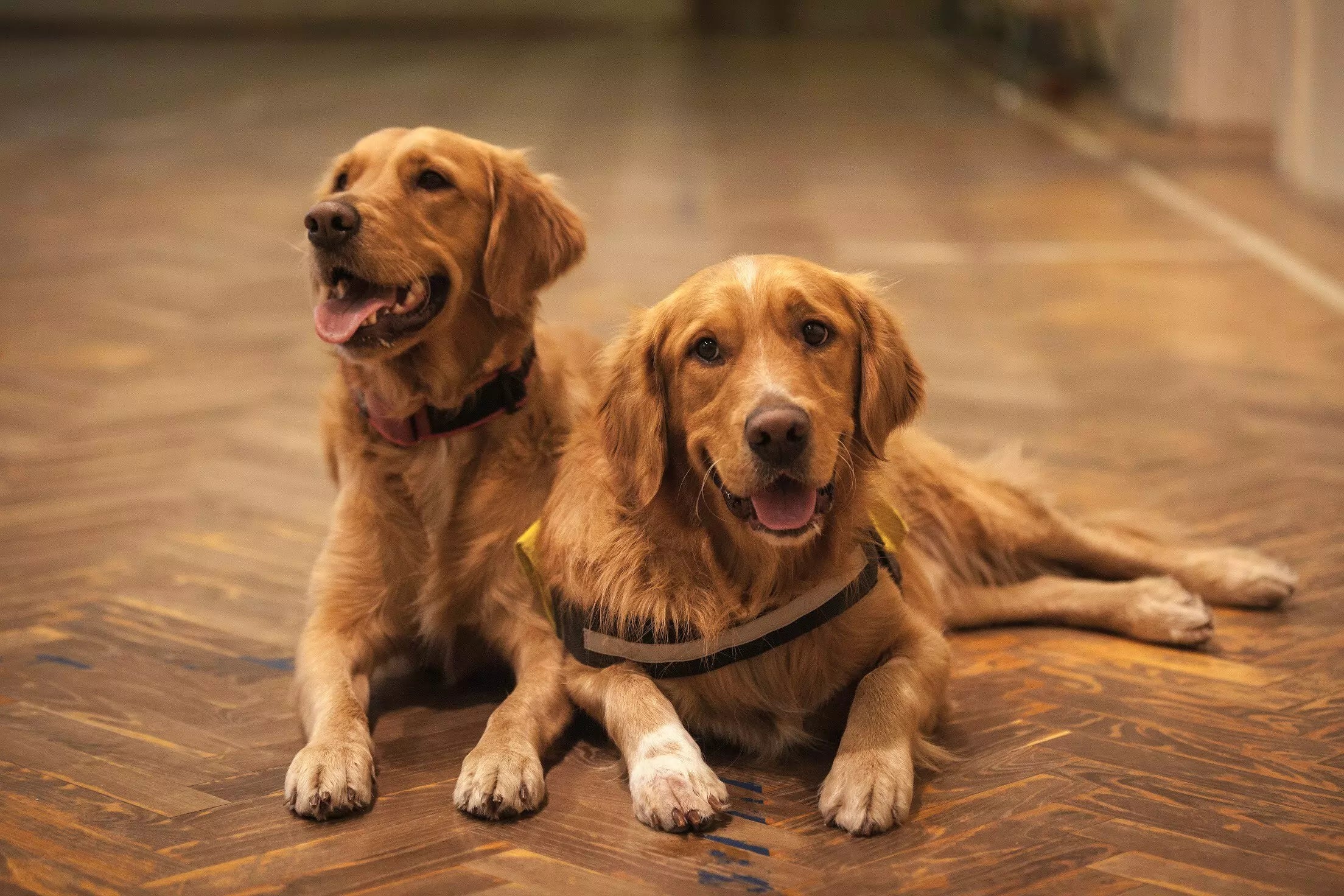
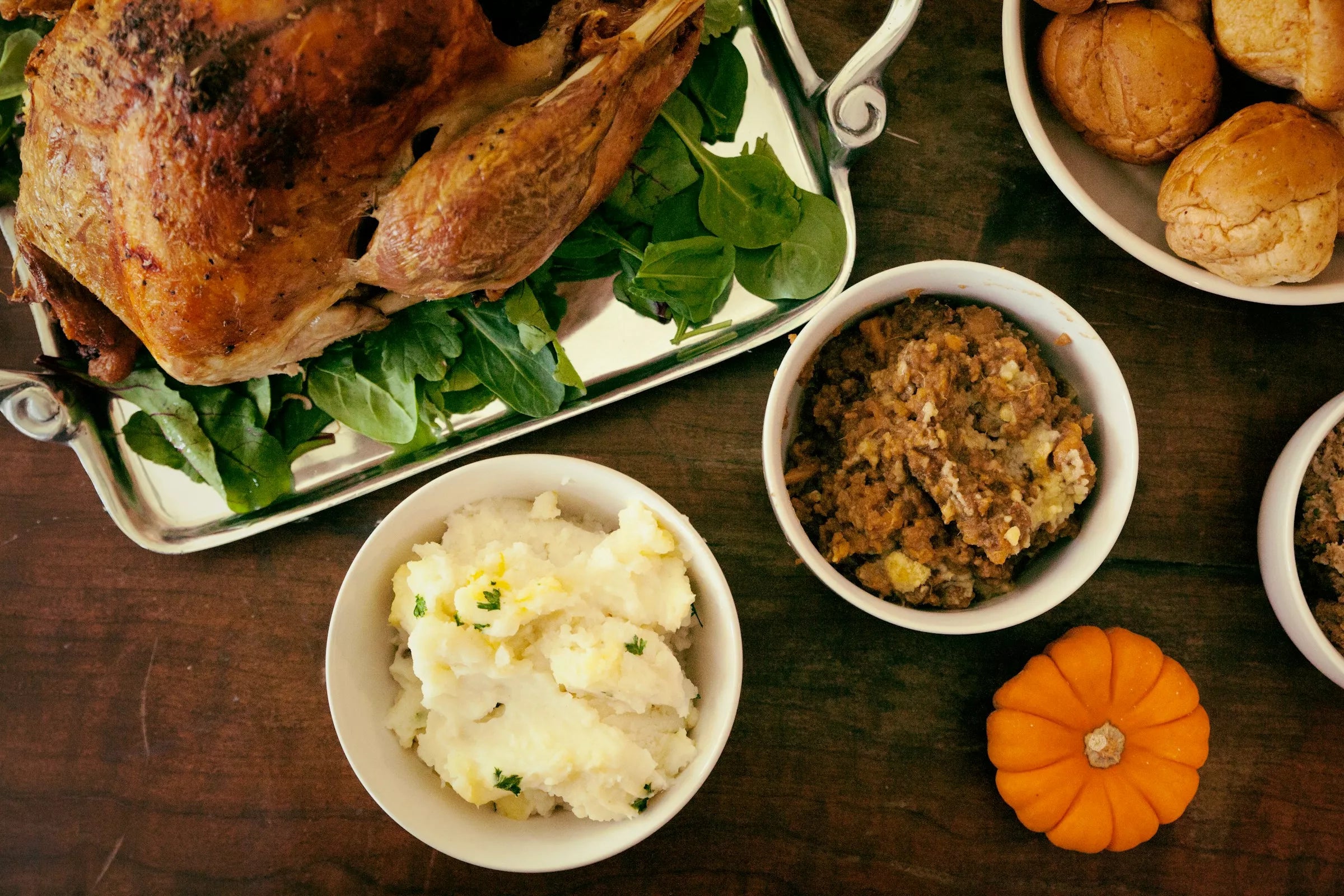
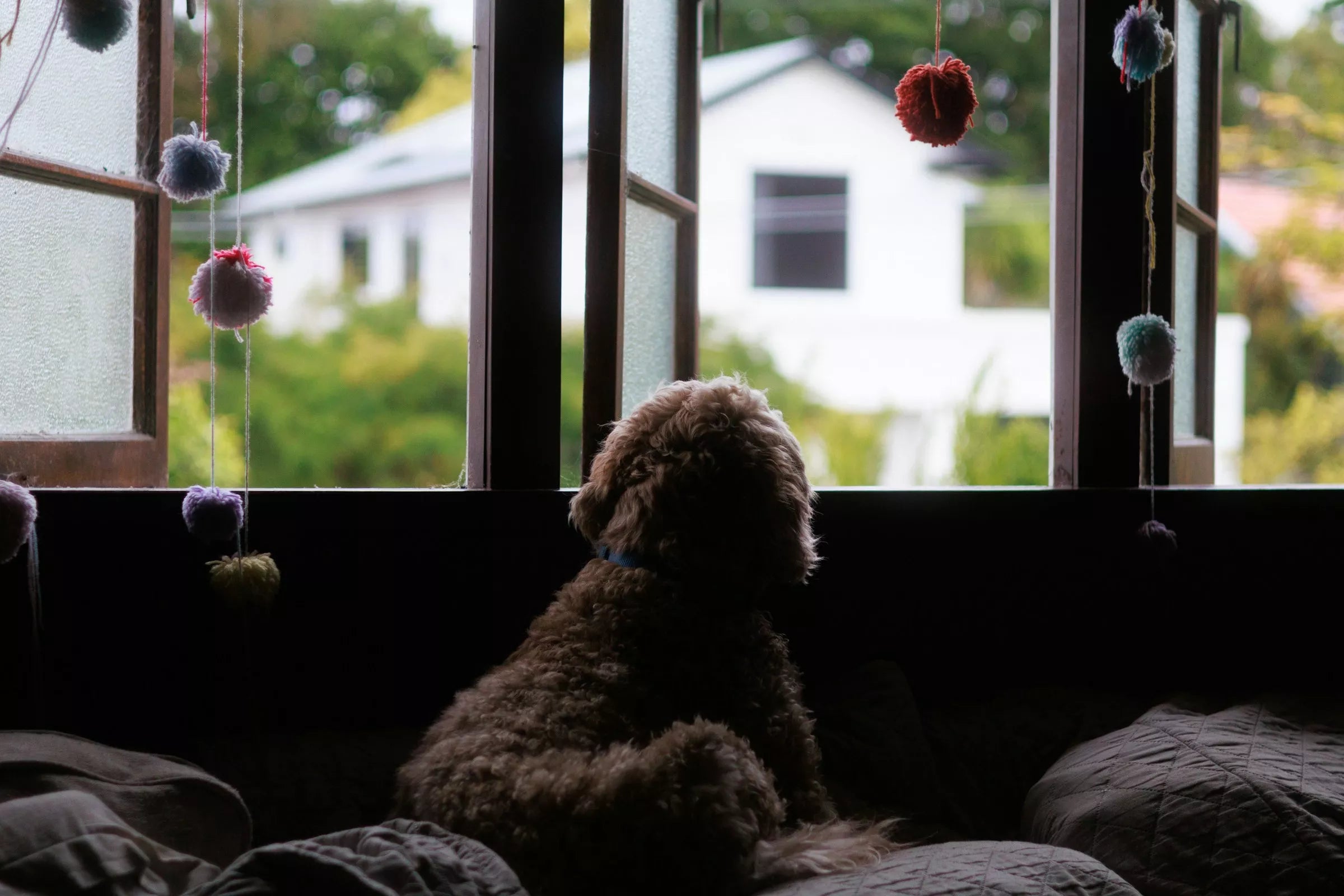
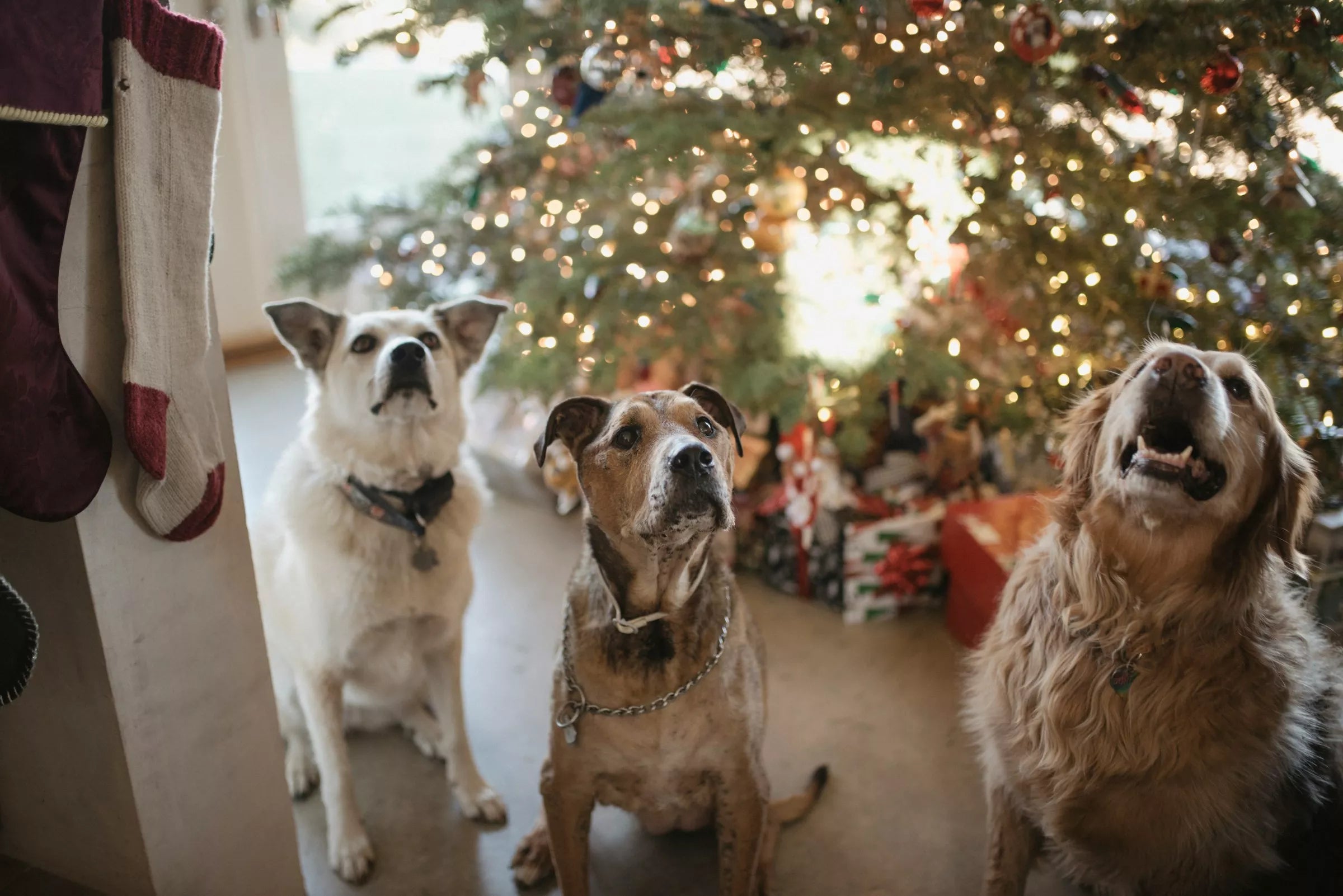
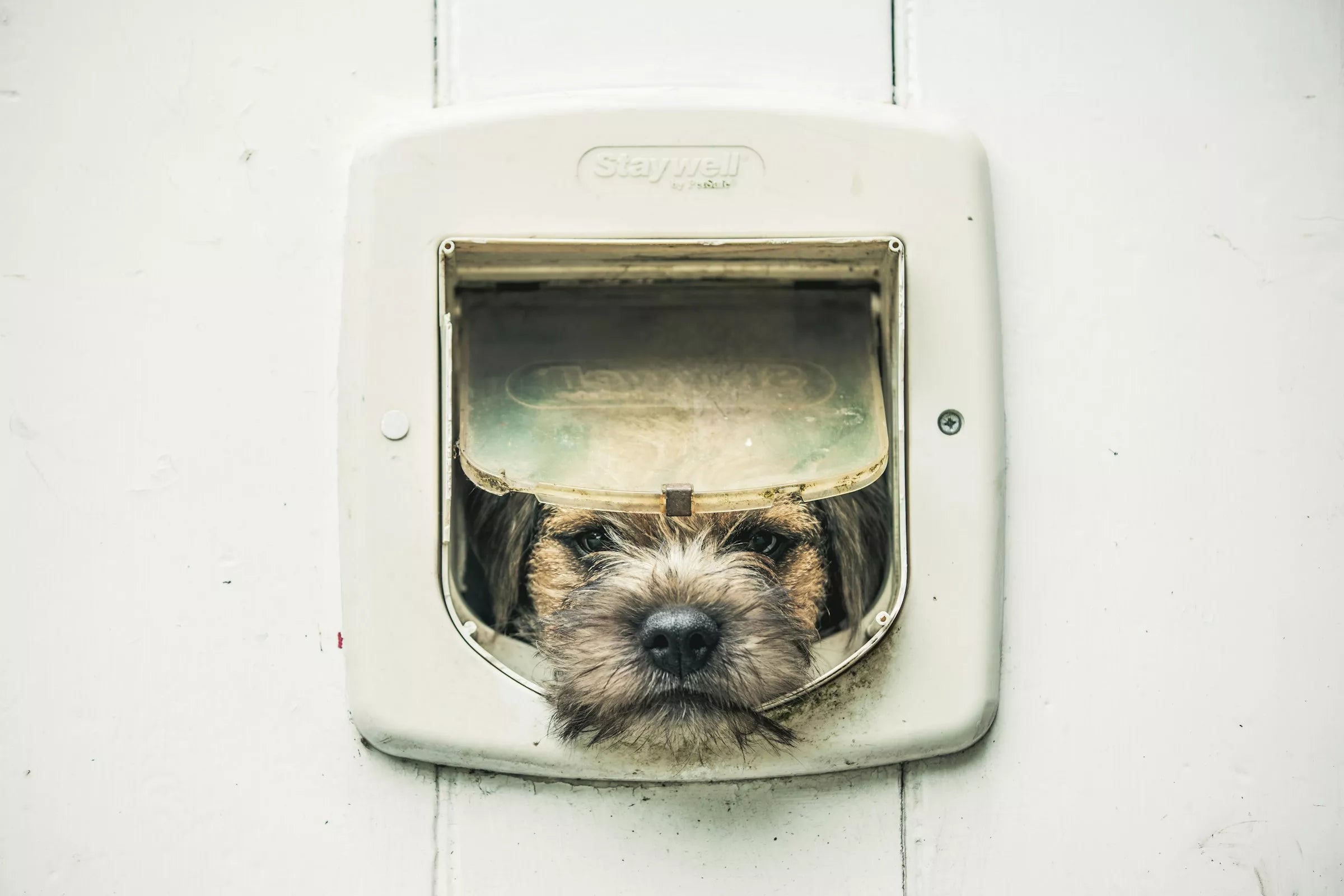
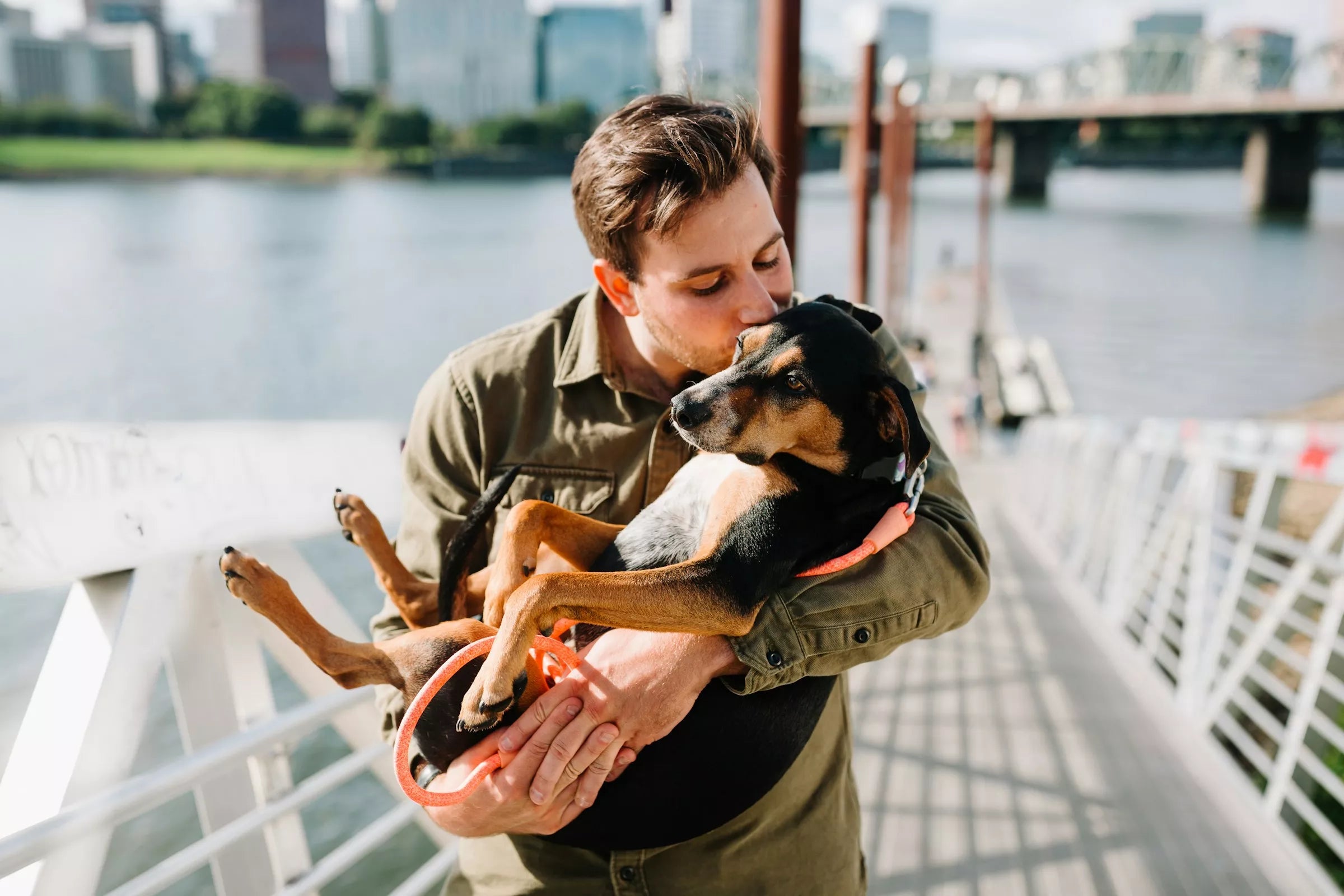
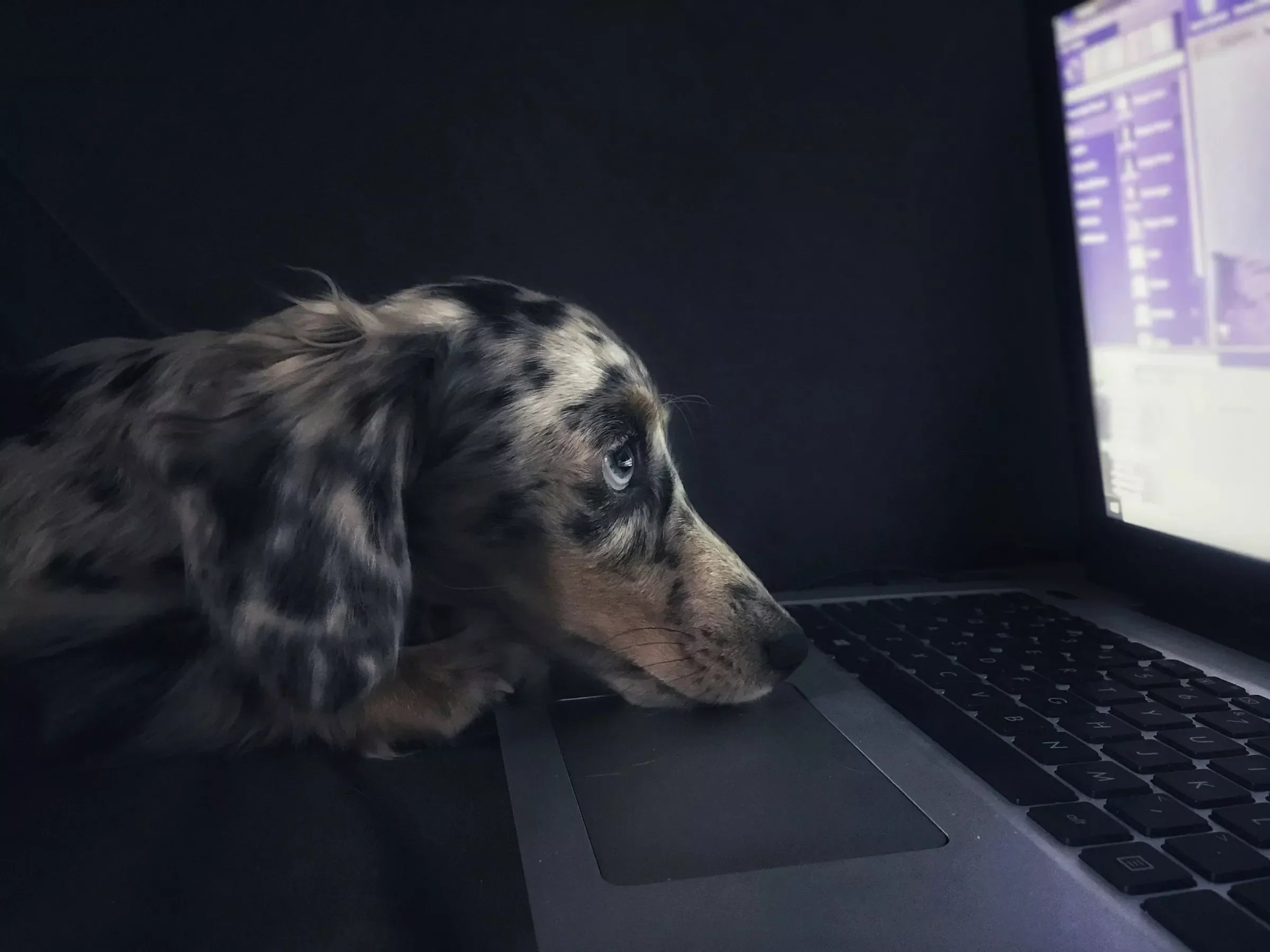






Share:
Why Does My Dog Eat Grass? Is It Harmful?
Keep Your Dog Calm and Happy During Fireworks